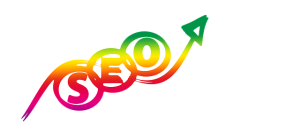Image optimization is a critical aspect of On-Page SEO that boosts website performance and visibility. By using descriptive file names, adding keyword-rich alt tags, and compressing images without loss of quality, you enhance search engine indexing and user experience. These practices improve accessibility, reduce page load times, and ensure visual content contributes effectively to on-page SEO strategies, making images more discoverable in search results.
Image optimization is a powerful yet often overlooked aspect of On-Page SEO. In today’s visual web, optimizing images can significantly boost your search engine rankings. This article guides you through essential practices for enhancing image SEO, from understanding the importance to practical tips like optimizing alt text, choosing the right file size and format, and incorporating keywords effectively. By implementing these strategies, you’ll not only improve your website’s visibility but also provide a better user experience.
Understanding Image Optimization for On-Page SEO
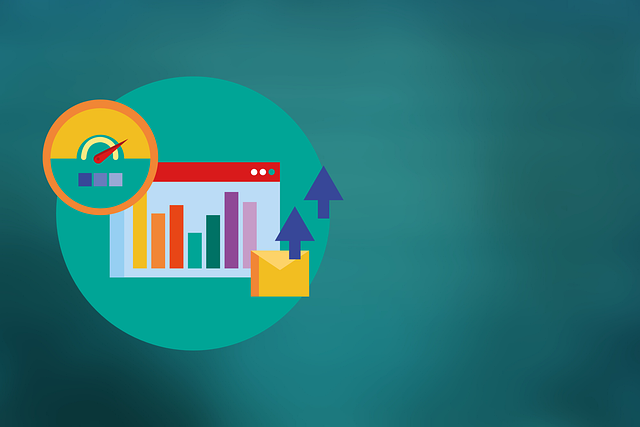
Image optimization is a critical aspect of On-Page SEO, enabling search engines to better understand and index visual content. When optimizing images, it’s essential to ensure they are relevant to your webpage’s content and have descriptive file names and alt tags. These alt tags serve as text alternatives for images, providing search engine crawlers with valuable context. By incorporating targeted keywords into these tags, you can improve the visibility of your images in image search results and enhance your overall On-Page SEO strategy.
Additionally, compressing images without sacrificing quality reduces their file size, leading to faster page load times. This is beneficial for user experience and another factor that search engines consider when ranking websites. Efficient image optimization practices not only make your website more search engine-friendly but also contribute to better accessibility and improved overall performance.
Why Images Matter in Search Engine Rankings

Images play a significant role in enhancing user experience and significantly impacting search engine rankings, which is why they are an essential aspect of on-page SEO strategies. Search engines, primarily Google, have evolved to understand visual content, recognizing that images are often integral to conveying information and context. By optimizing these visuals, you provide search engines with valuable data about your web page’s content, improving its chances of appearing in relevant searches.
When a user interacts with an image on a webpage, search engine crawlers can extract text from alternative text (alt text), file names, and titles to understand the image’s purpose and context. Well-optimized images with descriptive file names, relevant alt text, and meaningful captions not only improve accessibility but also help search engines index your content accurately, leading to better rankings.
Best Practices for Optimizing Image Alt Text
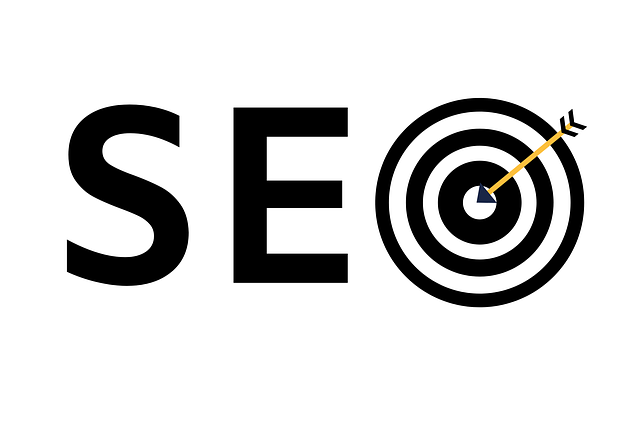
When optimizing image alt text, it’s essential to consider both accessibility and search engine visibility. The primary function of alt text is to describe an image’s content for users who are visually impaired or have images disabled on their browsers. It serves as a bridge between visual content and those relying on screen readers. For On-Page SEO, this means using descriptive and relevant keywords that accurately represent the image while keeping the text concise and reader-friendly.
Best practices include conducting keyword research to identify terms your target audience uses when searching for similar images online. Incorporating these keywords naturally into alt text enhances both accessibility and search engine rankings. Additionally, ensuring each image has unique and descriptive alt text improves crawlability, as search engine bots can better understand the content of each visual element on a webpage.
Enhancing Visual Content with File Size and Format Considerations
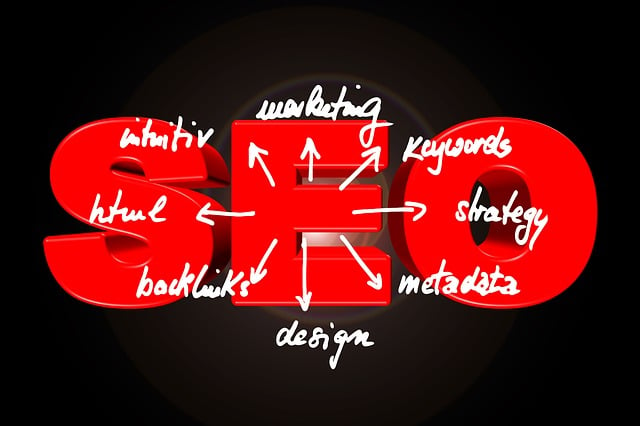
In the realm of on-page SEO, enhancing visual content through strategic file size and format considerations is paramount. When optimizing images, one key aspect is compressing them without compromising quality. This ensures that your website loads swiftly, enhancing user experience and reducing bounce rates. Smaller file sizes also alleviate server strain, leading to improved site performance and search engine rankings.
Format plays a significant role too. Choosing the right format—such as JPEG for photos and PNG for graphics with transparent backgrounds—maximizes compression efficiency. Additionally, alt text and descriptive file names are essential SEO components that provide context to both users and search engines, further bolstering your on-page SEO efforts.
Incorporating Keywords Strategically in Image Names and Captions
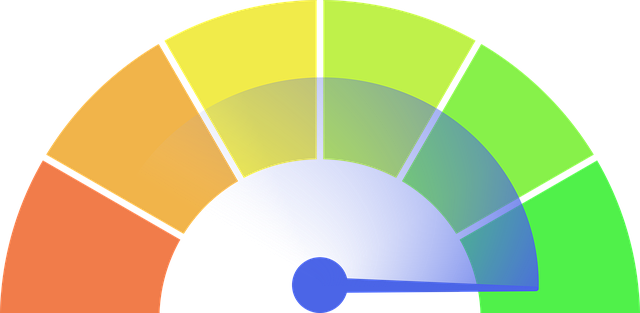
When optimizing images for search engines, one effective strategy is to incorporate keywords into image names and captions, a practice that falls under on-page SEO. Descriptive file names with relevant keywords can significantly improve visibility as search algorithms crawl through your media library. For instance, instead of “image1.jpg,” consider something like “seamless-pattern-abstract-art.jpg.” This approach not only provides context to both users and search engines but also helps in ranking your images for specific queries.
Similarly, captions offer an excellent opportunity to weave in keywords naturally. Captions provide additional text that search engine crawlers can index, enhancing the overall SEO of your images. When writing captions, use descriptive language and include related terms that describe the content of the image accurately. This strategy ensures that your visual assets contribute to your on-page SEO efforts, making them more discoverable in image search results.
Tools and Techniques for Efficient Image Optimization
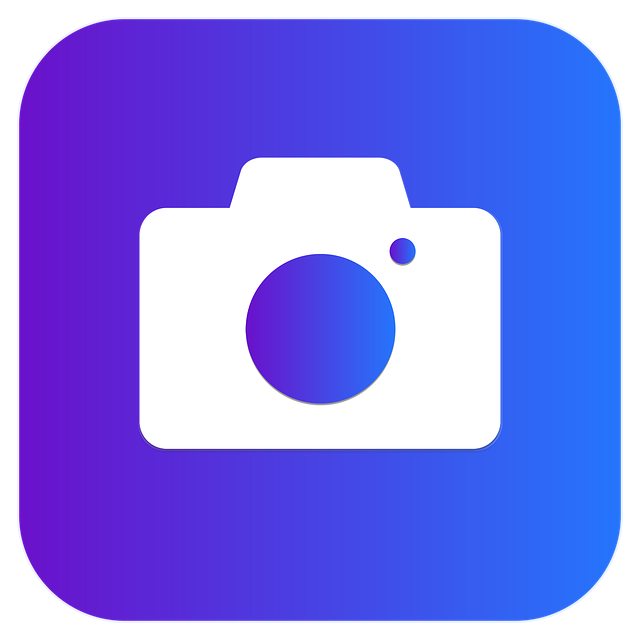
In the realm of On-Page SEO, image optimization plays a pivotal role in enhancing website performance and visibility. The process involves a blend of tools and techniques to ensure your visuals not only captivate but also contribute positively to search engine rankings. One effective tool is utilizing alt tags, which provide textual alternatives for images, aiding both users with visual impairments and search engines in understanding the content.
Additionally, compressing images without compromising quality significantly reduces their file sizes, leading to faster page load times. Tools like TinyPNG or JPEG-Optimizer automate this process, making it efficient. Optimizing image filenames and directories by using relevant keywords and ensuring they align with your content strategy is another crucial technique. This context-rich approach not only helps search engines index images accurately but also improves overall website navigation.
